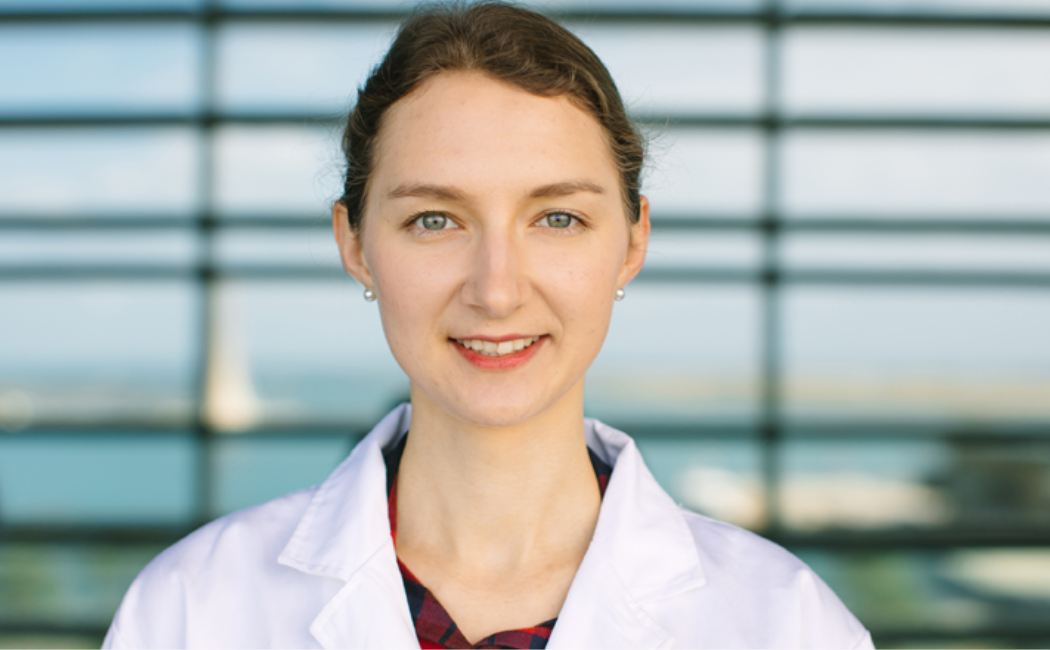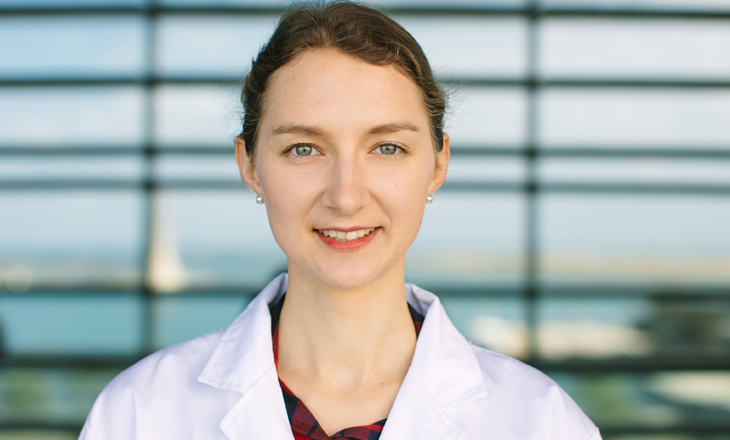


10 May, 2022

- By Catarina Carrão
Today we caught up with Migle Kotryna Konciute (aka, Catherine), a PhD student from Prof. Aranda’s Symbiomics lab from the Red Sea Research Center at KAUST. Our objective was to discover the exciting world of the Aiptasia, as a model to study the metabolic interactions between Symbiodiniaceae algae and corals.
This dreaded saltwater aquarium pest, just like lab rats for human studies, is a very useful model to analyse the nutrient-exchange between coral hosts and microalgae. Due to their symbiotic relationship, or marriage, understanding the molecular underpinnings that sustain this symbiosis in tropical reef-building corals is quite challenging, as any married couple knows. As such, any aposymbiotic state is inherently linked with severe physiological stress; and, changes in signalling pathways can be used to evaluate the state of the couples-relationship.
Catherine, who is very passionate about working with genetics and sequencing techniques, already did her Master thesis at KAUST using the Aiptasia model to study symbiomics; and, particularly, the specific role of glutamatergic signalling. By using 7-Chlorokynurenic acid (7-CKA) as a specific-glutamate (Glu) receptor inhibitor, she could test the hypothesis of whether glutamate signalling was related to the symbiotic relationship between Aiptasia and Symbiodiniaceae. Indeed, treatment with 7-CKA resulted in suppressed symbiosis establishment, supporting the hypothesis that glutamatergic signaling is related to symbiosis in Aiptasia. Additionally, the data led to an idea that this amino acid (Glu) - normally used as a building block for protein production, is quickly metabolized within Aiptasia, therefore cannot rescue the 7-CKA response. An alternative hypothesis proposed by Catherine, is that 7-CKA possibly works as a non-competitive inhibitor; as such, providing additional glutamate to the model experiment would not rescue the effect of 7-CKA on symbiosis establishment. Even though she thinks it would be interesting to use electron microscopy to confirm the non-competitive binding, the focus of her research is to investigate at a bigger scale if glutamate signaling could have an effect on symbiosis in this specific system.
Based on differential gene expression and gene ontology analysis of the role that specific genes play, Catherine did see changes in gene expression in all treated conditions related to MAPK and NF-kappa B signalling pathways, which are fundamental to regulate apoptosis and the innate immune response - highly important processes for symbiosis and its breakdown. It is now well known that homeostasis of coral holobionts lays on the immune system accepting mutualists, and being alert of imposters, while maintaining good housekeeping: clearing dead cells, and selecting/maintaining an appropriate commensal microbiota.
For now, in her PhD studies, she is going beyond glutamate signalling, strengthening her Symbiodiniaceae marriage-counselling activities, in order to better understand the cnidarian symbiosis relationship. Analysing signalling pathways between these partners is key to identifying the fundamental mechanisms behind this symbiosis, even though difficult given the endosymbiotic nature of this affiliation. She hopes some aspects of this symbiosis translocate to hard corals, albeit these having some different processes (such as calcification) that cannot be represented by the Aiptasia model.
Nevertheless, in her own words „if we learn at least something from Aiptasia and its symbiosis, we can have a clue where to start with hard corals “, since the interconnection of algae and coral is crucial for the health of coral reefs, which provide habitat for roughly one-fourth of all marine life.
We wish her the best of luck in her PhD studies; and, hope to get all the gossip once one of those two, Aiptasia or Symbiodiniaceae, hits a marriage middle-life crisis...